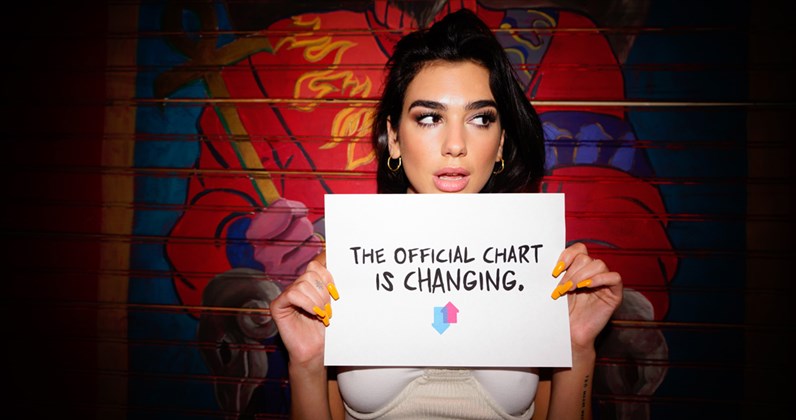UK Top 40 singles chart will now count video streams towards rankings
As the world catches up to the fact that music has found it’s primary home online and around the world through the wires, the UK Charts are updating to show that.
The charts are catching up with how people listen to music these days as the world has slowly gone digital in the past 20 years. All the way back in 2004 the UK Official Top 40 Charts integrated digital downloads as online stores started offloading MP3s like hotcakes, and then in 2014 streams from services like Spotify and Deezer were added as the streaming revolution started full steam.
The UK Charts have just announced that they are integrating stream counts from videos into the charts as well, so that every music video view counts towards a track’s position. Like music streaming a formula will be implemented that counts a number of streams as the equivalent to a single pure sale, and this formula will differ between Premium (paid) video services like the newly launched YouTube Music and free, ad-supported video streaming.
Originally in 2014 the charts counted 100 streams as the equivalent of one track sale but as the prominence of music streaming in modern music consumption became more evident they had to adjust the calculations and raised the sale equivalent of streams to 150 at the start of 2017. Their new conversion metric for video streams which will commence on the 6th July will see 100 Premium streams and 600 ad-supported streams equal one sale.
Other European countries such as France, Germany, Italy, and Spain have excluded free, ad-supported streams from the figures but the UK’s Official Chart Company (OCC) felt they should be included. OCC chief executive, Martin Talbot says: “We think it is important to count the free streams as there are people who cannot afford to pay for a subscription or may not have access to credit cards. They could be young kids or teenagers who don’t have credit cars – or it could be low-income families. It could count against certain genres of music if we stripped those out completely.
“It’s not like suddenly there will be load of Led Zeppelin and Rolling Stones in the chart. That is not what will happen. Yes, there are young people who use free streaming services; but there are also young people who use video which we haven’t previously been counting. Free services like YouTube are a significant part of their discovery of music so we are including all of that.”
User-generated content such as fan videos, un-official lyrics videos and other videos featuring the music that haven’t been uploaded by an official source will not be included. The OCC say that they may re-consider the use of user-generated videos in the future but are wary of the charts being affected by anomalies such as ‘memes’ featuring music in them.
Talbot adds: “In the modern era, artists are increasingly multi-faceted creators, with a highly developed visual sense running in parallel with their music. The addition of video ensures that the Official Singles Chart reflects the creativity of the artist in the broadest way possible – and music fans’ engagement with that vision.”
